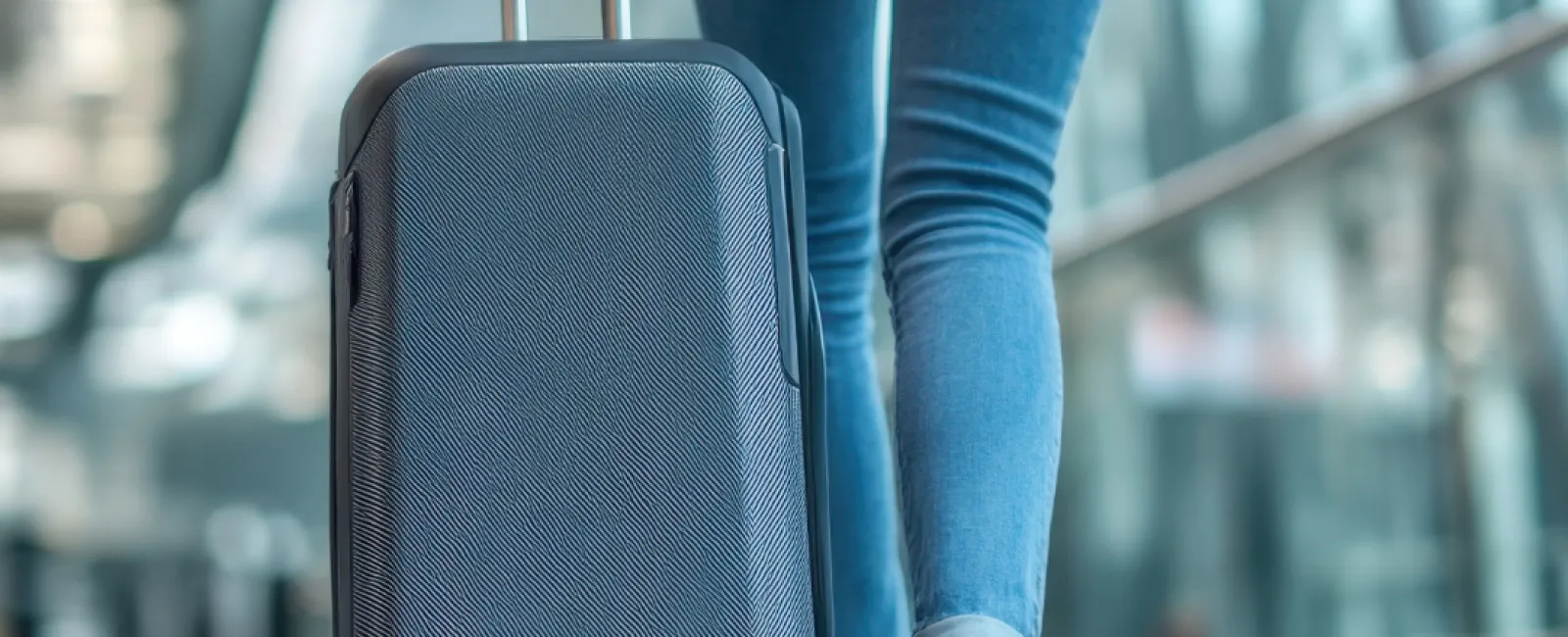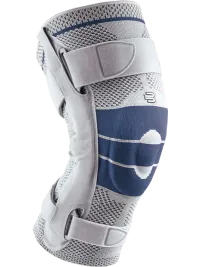Tips to Take the Ache Out of Travel
Travel often involves long hours of sitting in cramped spaces, which can contribute to muscle stiffness, joint discomfort, and even an increased risk of circulation problems like deep vein thrombosis (DVT). Fortunately, research supports several practical strategies that can help reduce aches and pains while traveling.
Key tips to stay comfortable and ache-free:
- Move regularly: Clinical guidelines recommend standing, stretching, or walking every 30-60 minutes when possible. Even small movements—such as ankle pumps, shoulder rolls, and gentle spinal twists—help keep blood flowing and reduce stiffness.
- Support your posture: Use a lumbar pillow or a rolled-up sweater to maintain the natural curve of the lower back. Keeping feet flat on the floor or supported by a small bag helps align hips and knees, which can lower the strain on the spine. Studies show that maintaining spinal alignment can reduce lower back pain during prolonged sitting. Use neck pillows appropriately to allow for napping postures that avoid forward lean.
- Use compression: Runners style compression socks can help with decreasing swelling in the lower legs.
- Stay hydrated: Drinking water supports healthy muscle and joint function and helps prevent fatigue and cramping. Dehydration can also worsen the feeling of stiffness.
- Pack light wellness tools: Compact items like a resistance band or massage ball can be used during layovers or at your destination to gently stretch and relieve tension in tight muscles.
- Mind your load: When carrying luggage, distribute weight evenly and use rolling bags when possible. Research shows that heavy, uneven loads can strain the shoulders and lower back.
Planning ahead and including these small habits in your travel routine can significantly reduce discomfort and help you arrive feeling refreshed. For those who frequently experience pain when traveling, speaking with a healthcare professional or physical therapist can provide personalized guidance and exercise strategies.
This article is provided courtesy of Rachael Dunlap, PT, DPT, FMT.
To schedule an appointment with an OrthoSouth provider, please book online or call 901.641.1593.
To schedule an appointment with an OrthoSouth provider, please book online or call 901.641.1593.

